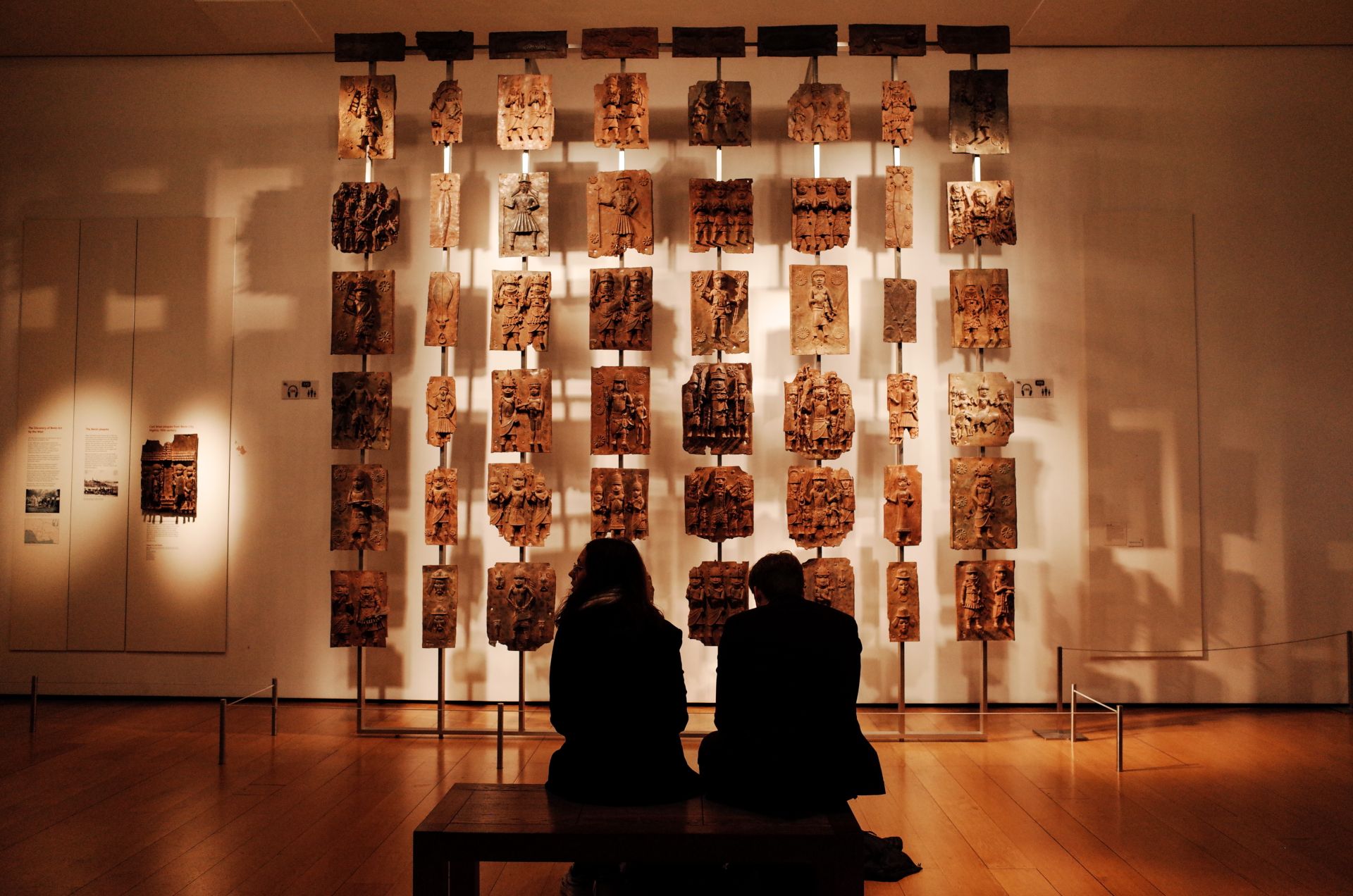Listen to this story
Editor’s Note: Below is an updated version of an article that was published in the Summer 2023 issue of New Lines‘ print edition.
Some reports say 1,500; others say the number is closer to 2,000. The British Museum itself has refused to comment on the scandal threatening to take down its reputation as the custodian of world cultures, but it is clear that it has been systematically looted — from the inside. Among the 8 million objects in the museum’s holdings are various treasures that have been popping up for sale, some on eBay, others directly to antique dealers around the world. A senior curator, identified as the prime suspect, has been fired, and the director general himself has stepped down in the wake of the crisis. But the ramifications of such a humiliation could well go further than the fate of a handful of individuals and the epic efforts now required to trace the stolen and sold artifacts. Create a free account to continue reading Already a New Lines member? Log in here Create an account to access exclusive content.



